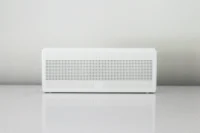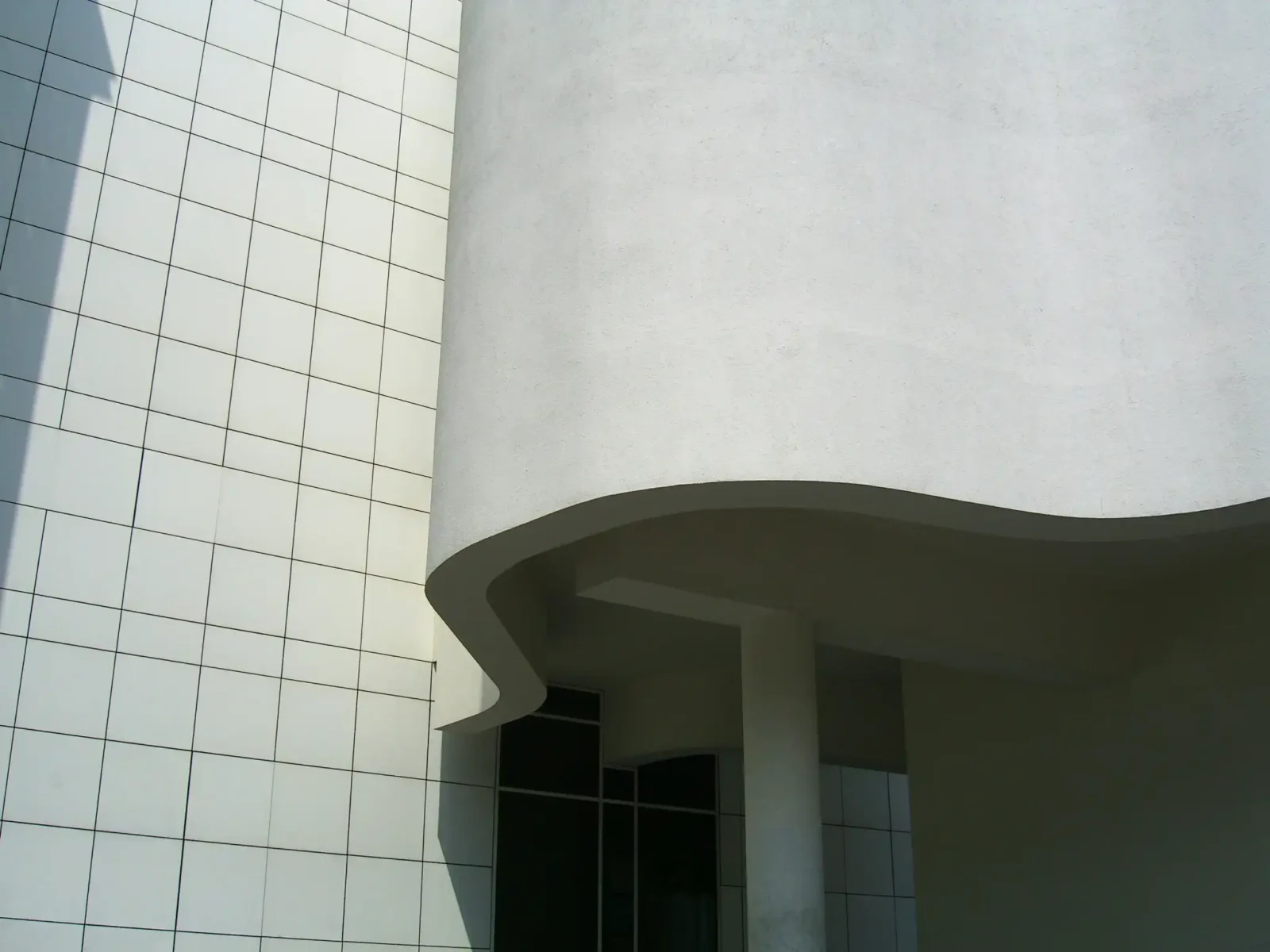- Home
- Articles
- Architectural Portfolio
- Architectral Presentation
- Inspirational Stories
- Architecture News
- Visualization
- BIM Industry
- Facade Design
- Parametric Design
- Career
- Landscape Architecture
- Construction
- Artificial Intelligence
- Sketching
- Design Softwares
- Diagrams
- Writing
- Architectural Tips
- Sustainability
- Courses
- Concept
- Technology
- History & Heritage
- Future of Architecture
- Guides & How-To
- Art & Culture
- Projects
- Interior Design
- Competitions
- Jobs
- Store
- Tools
- More
- Home
- Articles
- Architectural Portfolio
- Architectral Presentation
- Inspirational Stories
- Architecture News
- Visualization
- BIM Industry
- Facade Design
- Parametric Design
- Career
- Landscape Architecture
- Construction
- Artificial Intelligence
- Sketching
- Design Softwares
- Diagrams
- Writing
- Architectural Tips
- Sustainability
- Courses
- Concept
- Technology
- History & Heritage
- Future of Architecture
- Guides & How-To
- Art & Culture
- Projects
- Interior Design
- Competitions
- Jobs
- Store
- Tools
- More
Is a Mini Split Air Conditioner and Heater Right for You?

Choosing the proper heating and cooling system for a home is not easy. There are many options, but one that has gained popularity is the mini-split air conditioner and heater. These systems provide a versatile option for indoor climate control. In this post, we will break down the advantages and disadvantages of installing a mini-split system so you can determine whether or not it is right for you.
Table of Contents
ToggleWhat Are Mini Split Systems?
A mini-split air conditioner and heater provide cooling and heating without requiring ductwork. Mini-split systems have two main components: an indoor unit and an outdoor unit. The components work together to heat or cool portions of a house. Mini-splits are also an excellent solution for applications where ductwork is difficult to add, as they do not use any ductwork like conventional HVAC systems.
Advantages of Mini Split Systems
Among the most notable advantages of mini-split systems is energy efficiency. They deliver heat and cool air directly to the designated rooms, minimising energy waste due to ducting. Thus, this strategy is one of the best ways to cut down on your utility payments.

An additional benefit is the variable temperatures. They are adjustable independently so that you can have completely different temperatures in different rooms. This feature is handy when you have a house with people with different comfort preferences.
The installation is usually more straightforward and less invasive than classic systems. Mini splits can be installed with little disturbance to existing structures and do not require ducts. Thus, they are often used to update older homes or buildings with distinctive forms.
Things to Know Before Installing
Factors like home size, insulation, and climate zone all influence how to choose the right HVAC system for efficient heating and cooling. Although they bring many advantages, there are some things to avoid before installation. Higher upfront costs vs some alternatives. This can seem a bit expensive in the beginning but at the end of the day, the savings you make on energy bills over the long run tend to outweigh this.
Indoor units can be an aesthetic issue. They might not look the best to some homeowners. Therefore, modern designs provide compact and sleek alternatives that complement a wide range of decors.
Careful sizing is the key to performance. An incorrect size can cause inefficiency and discomfort. Getting the aid of a professional guarantees that a structure will fit the points in the space.
When to Choose Mini-Split Systems
There are times when mini-split systems are the ideal choice. Houses that lack ductwork are the ideal beneficiary. Installing a mini split in these circumstances will often save money over the cost of retrofitting ductwork as well.
These setups also work excellent for room additions or special spaces, such as garages or basements. These allow you to heat or cool these regions independently of the rest of the home.
Mini splits are an efficient option for climates with moderate temperature swings. They can also do a good job of heating and cooling, basically allowing you to feel comfortable in any weather.
Maintenance and Longevity
Servicing a mini split is pretty straightforward. Professionals should maintain servicing being occasional, but the filters need to be cleaned regularly so it function effectively. It makes the unit last longer, so you can rely on it for years.
Mini-split systems are also appealing in that they necessitate fewer replacements, offering outstanding longevity. Given how well these systems are maintained, they return your investment for 15 to 20 years.
Environmental Impact
One reason why mini-split systems are commonly greener than regular HVAC systems. Due to their efficient operations, they consume less energy, leading to lower greenhouse gas emissions. They also use less harmful refrigerants compared to most other systems, which results in a cleaner home.

Potential Challenges
Even with those advantages, mini split systems may face some competition. Their heating capabilities may be less efficient in very cold climates than other types of heating systems. However, their performance in different conditions is improving every day thanks to new technology applications.
Some users may also be worried about the noise. The indoor unit is generally quieter than traditional systems, but quietness varies from unit to unit and how you set it.
Conclusion
Mini split air conditioners and heaters: A well-rounded and effective solution for many households. They are appealing because of their energy-saving functions and flexibility, as they are easier to install. A decision can then be made regarding whether this type of system will fulfill the heating and cooling needs of a home, based on the pros and cons. But like most products, when one chooses wisely, both comfort and efficiency are achievable throughout the home.
Submit your architectural projects
Follow these steps for submission your project. Submission FormLatest Posts
The Ultimate Guide to Fencing in North Dakota: Choosing the Best Fence for Your Property
Watching a chain link fence twist in 70 mph winds near Minot...
Gaudí: Where Architecture Meets Science
Gaudí: Where Architecture Meets Science shows catenary arches, ruled surfaces, and biomimicry...
How Housing Market Forces Shape Architectural Design Today
Architecture never exists in isolation. Buildings rise from a mix of ambition,...
Why Portable Formaldehyde Gas Detectors Matter on Construction Sites
As construction practices shift toward more enclosed and material-intensive environments, the risk...












Leave a comment